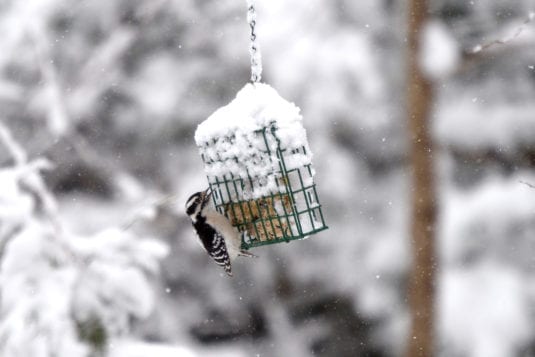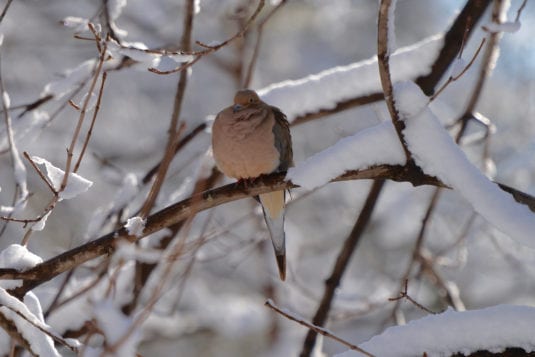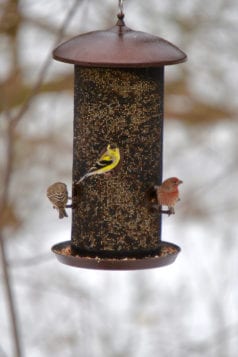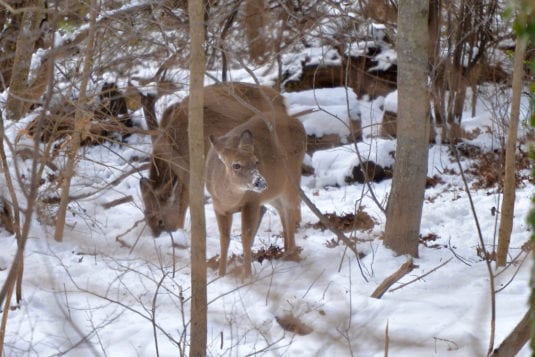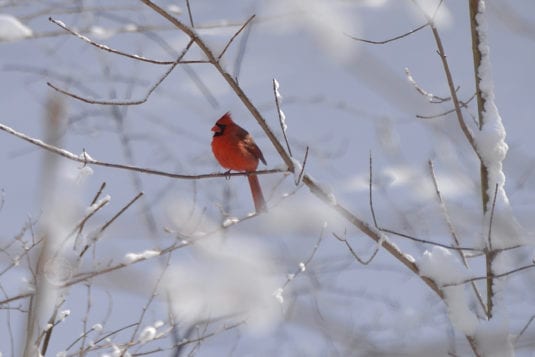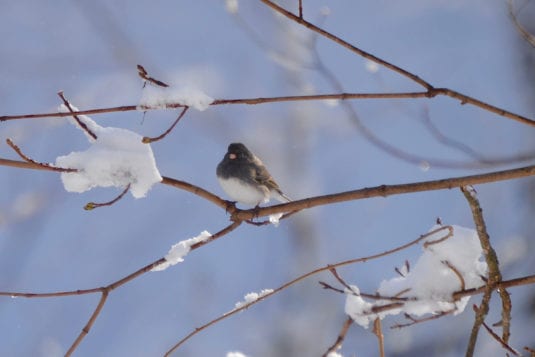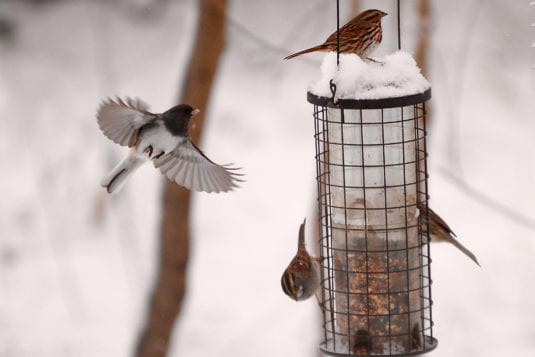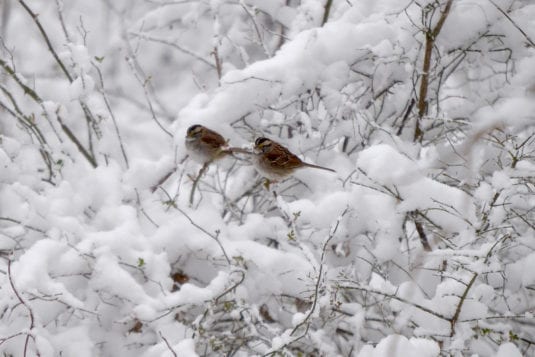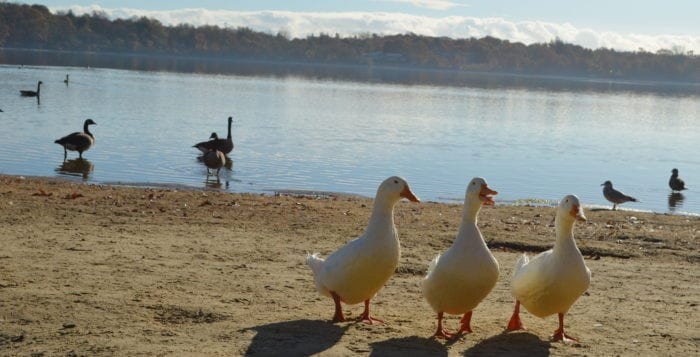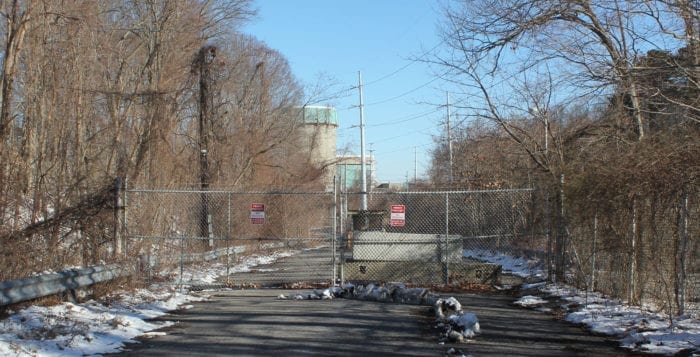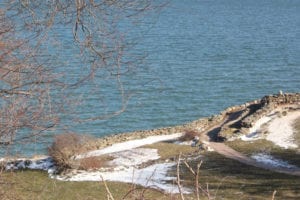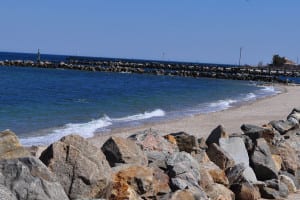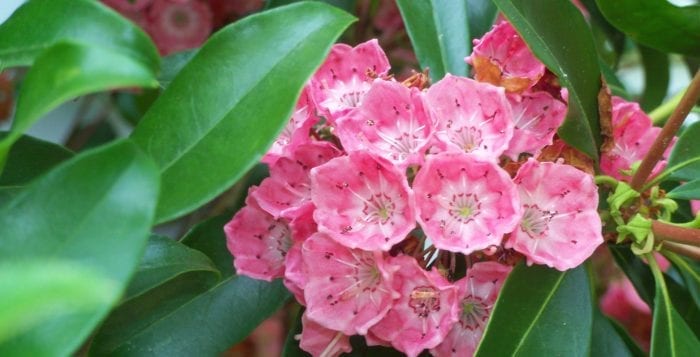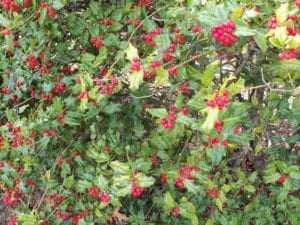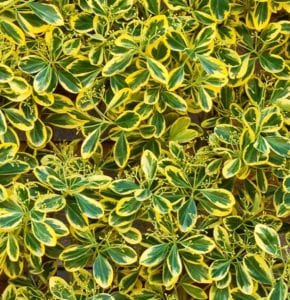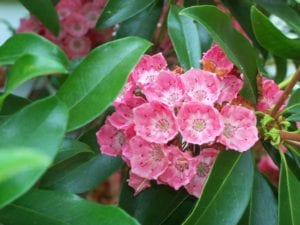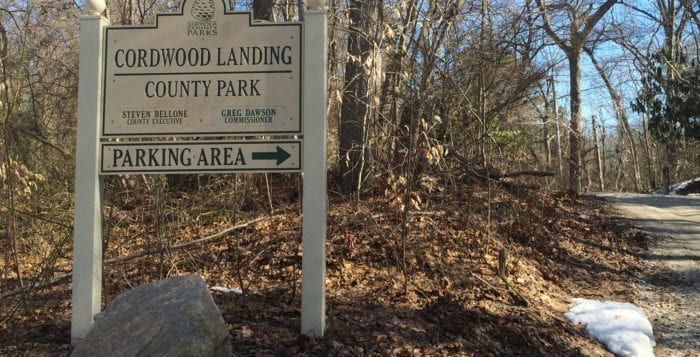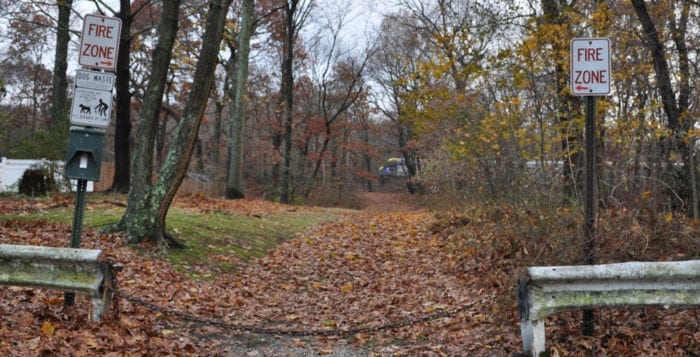The aim of allowing deer hunting to control the population in Asharoken and Eaton’s Neck has not exactly hit the target for many Huntington residents.
Members of the public expressed their continuing concerns over the policy enacted last year, which allowed bow hunting of deer in Eaton’s Neck during hunting season, during the March 21 town board meeting, and town officials assured them they understand many are not satisfied with the current law.
“I know there has to be a better solution because I think the solution that’s in place now is causing a hardship for the taxpayers and the people that live here,” Cindy Gabel, an Eaton’s Neck resident, said.
Gabel said she and friends have witnessed hunters assembling tree stands at night, a method to hunt deer, and she fears hunters are out when there is almost no visibility.
“It’s really dark out there at night and they’re hunting out there at night — I am sure of it,” she said. “I think one of the troubles you have is there really isn’t anyone besides the residents — I am trying to do it myself — going out at night and seeing if illegal hunting is happening. There’s not someone patrolling the streets and the police that are patrolling can’t really do anything about it anyway. There’s an awful big burden on us, the residents, about the deer hunting and it’s not really solving the problem.”
Gabel said whenever she calls the police about possible illegal hunting they instruct her to call the New York State Department of Environmental Conservation, and those officers are allowed to deal with any illegal hunters. But Gabel said it usually takes the DEC officers more than a half hour to get to the scene, leaving the chance of catching hunters slim.
Gabel was not alone in her fear night hunting could lead to dangerous situations.
“My fear too is that after 60 years on Locust Lane a stray arrow may mistake me or you for its quiver, so I ask you to deliver us from men in tree stands, from those deer slayers in tree stands,” Charlotte Koons, an Eaton’s Neck resident, said at the meeting.
Huntington Town Supervisor Frank Petrone (D) assured the residents the town is listening.
“We’re looking at many, many different things because we are all concerned with the hunting,” Petrone said at the meeting. “We are looking at this very seriously because we know there’s a problem and we know that there are other problems as a result of this happening. So we share your concern, and the hunting situation that exists does not seem to solve the problem.”
The main problem the bow hunting for deer was intended to solve was the overpopulation in areas like Asharoken and Eaton’s Neck. Residents attended multiple town hall meetings last year citing their fear of deer causing car accidents and spreading Lyme disease as tick carriers.
But some community members feel this solution was not the right way to go.
“This is going to be the worst tick season we’ve had … the deer yes they carry ticks — so do we and so do white mice,” Gabel said. “We could kill all the deer in Eatons Neck, we’re still going to have the problem of the ticks and the Lyme disease so what do we do then? If someone gets killed in the process what have we all accomplished here?”
Councilwoman Tracey Edwards (D) said she and Asharoken officials intend to work together to try and find a new solution.
“Mayor [Greg] Letica is committed to working with us and the town attorney to see where we could have some common ground and also bring a proposal for you [Petrone] to review and consider for an amendment that would care for some of the issues and safety concerns,” she said.
At a March village board meeting Letica confirmed he spoke with Edwards about a possible change to the law.
“I had a phone conversation with Huntington Councilwoman Tracey Edwards about the status of the draft law to amend the existing town deer ordinance,” he said at the meeting, “Councilwoman Edwards informed me that once a draft is complete she will share it with the village.”



